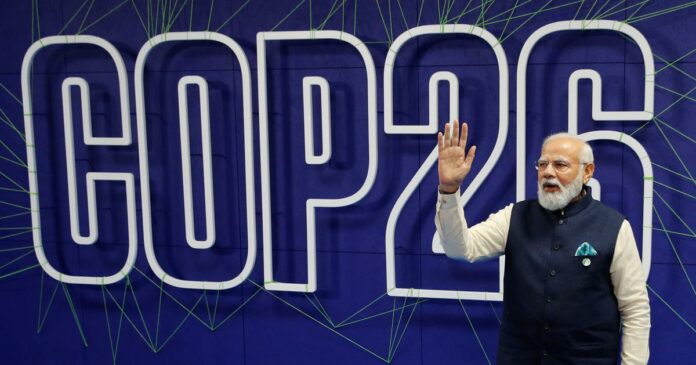ICRA, the rating agency, said that India’s commitments to emission control are expected to benefit the country in the long run.
In the recent Glasgow COP26 summit, the country mentioned its long-term plan with new technologies in energy efficiency and carbon reduction and green fuels. This move will likely attract investment in billions, across sectors, said the ICRA.
In its latest research report, ICRA analysed India’s commitment in two phases. One is, up to 2030 and the other is a net-zero target for 2070. In terms of its energy consumption, India is at an inflexion point. Over the long term, the nation’s per capita energy consumption is expected to surge 3x-4x.
The country has committed to reducing greenhouse gas (GHG) emissions by one bn MT by 2030. Additionally, with a net-zero emission target by the year 2070, the per capita energy consumption would by then would have surged multifold from current levels.
Being a developing nation, India has the highest economic growth globally.
Three Indian metro cities, Delhi, Mumbai and Kolkata were featured in the list of top 10 most polluted cities in the world. The pollution in cities is increasing in the country and recent developments in Delhi forced the state government to take extreme steps like partial lockdown to control the pollution levels.
A steady pace of sequestration (1-3%), would be needed to reach the net-zero levels in 2070 in the post-2030 projections. And also this needs huge investment estimated annually, Rs. 115-135bn as per the Niti Ayog report for carbon sequestration.
Rohit Ahuja, who is the Head of Research and Outreach at the ICRA, said that a focused roadmap would be required to hit the net-zero target by 2070. And this calls for timely interventions from the government’s side.
Big investments in GHG emitting sectors such as power, transport and industry are also needed. 90% of the CO2 is emitted by these sectors together, as per 2019 data by the International Energy Agency.
The ambitious targets open massive investment opportunities. This applies across segments stemming from 500 GW renewables by 2030, higher EV penetration (10% by 2025), 20% ethanol blending for petrol (3x increase from current levels), improvement in energy efficiencies (battery storage, smart cities, etc.), and improvement in carbon capture from enhancing green cover and use of advanced technologies.
Follow and connect with us on Facebook, LinkedIn & Twitter

